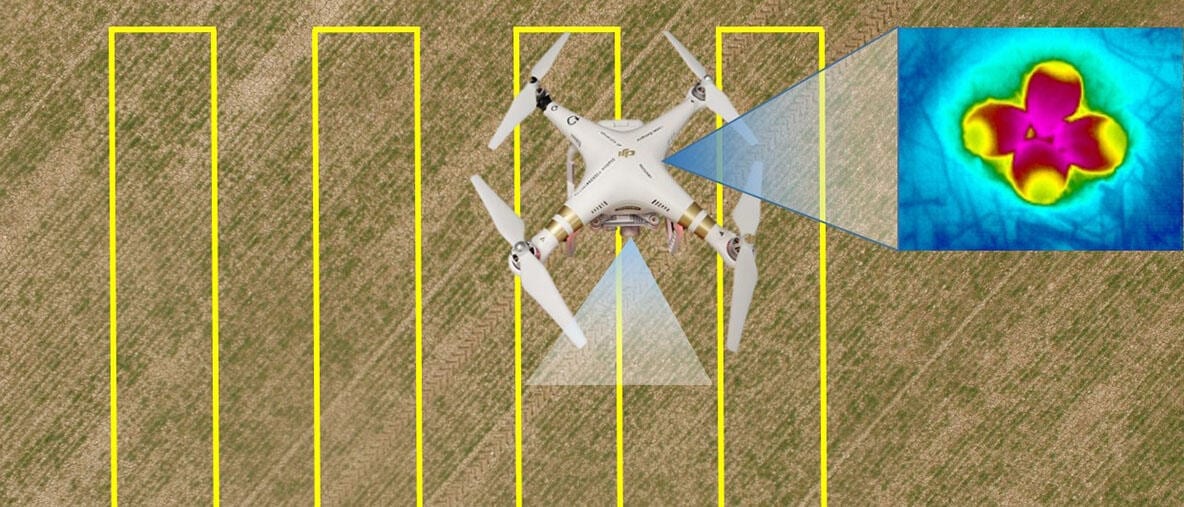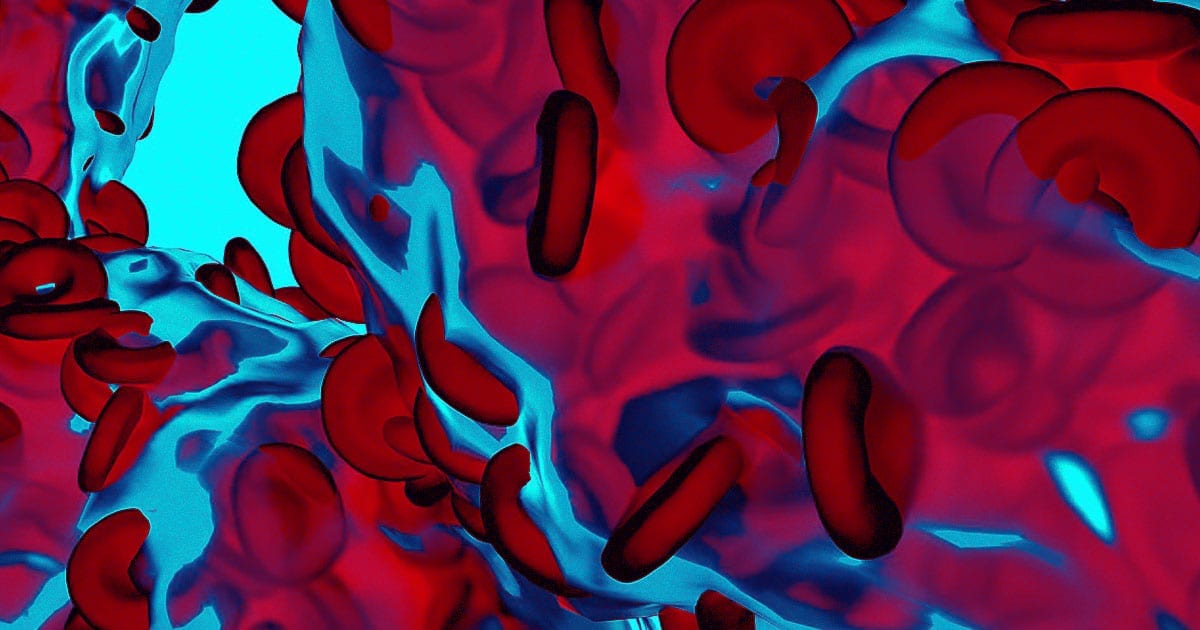
A drone hovering over a crop field carrying a thermal camera aimed at detecting lapwing nests on the ground.
PHOTO: ANDREA SANTANGELI, JOHN LOEHR
Every spring, a large number of ground-nests of farmland birds are accidentally destroyed by mechanical operations, such as ploughing and sowing. A new study from the University of Helsinki shows for the first time that such nests can be located using a drone in combination with artificial intelligence.
Farmland bird species are declining over most of Europe. Birds breeding on the ground are particularly vulnerable because they are exposed to mechanical operations, like ploughing and sowing, which take place in spring and often accidentally destroy nests.
Locating nests on the ground is challenging for the human eye, and highly time-consuming
The Latest Updates from Bing News & Google News
Go deeper with Bing News on:
Conserving farmland bird nests
- Protected Killdeer bird nest found in Greenwich athletic field
A species of plover, killdeers are ground-nesting birds that are usually found along water and inland. They’re not endangered, however, because they are protected under the federal Migratory Bird ...
- How many bird species nest in Minnesota?
In 1932, when T.S. Roberts published the first guide to all the birds known to nest in Minnesota, the author surmised that ravens would soon be gone from the state. Instead, nearly 100 years later ...
- Councillor feared being killed in row over birds’ nests
The chairman of the parish council in a quiet village feared that his life was “in peril” when he was attacked by a businessman in a dispute over birds’ nests, a court was told. Magistrates ...
- Tourists from across the country visit PJF Farm in Ville Platte
PJF Farm in Ville Platte is dedicated to the conservation, recreation and preservation of agriculture and bird species across the state. That's why the landmark is attracting tourists from across the ...
- Up on the roof: Here's how to protect seabirds and shorebirds' Jacksonville nests
The Florida Fish and Wildlife Conservation Commission recently ... The commission recommends, above all, giving the birds and their nests plenty of leeway and keeping them in mind when scheduling ...
Go deeper with Google Headlines on:
Conserving farmland bird nests
[google_news title=”” keyword=”conserving farmland bird nests” num_posts=”5″ blurb_length=”0″ show_thumb=”left”]
Go deeper with Bing News on:
Artificial intelligence and drones
- Atlantic City integrates fleet of drones to expedite emergency response to harbor fires, fuel spills
Atlantic City is putting more eyes in the sky for public safety, improving how first responders deploy aid and extinguish harbor-based fires and oil spills.
- Drones, EW, and Robots: government has allocated UAH 1.5 billion for grants for developers
For 2024, the government has allocated UAH 1.5 billion for grants for developers of defense-tech solutions. Over the past year, more than 1,600 such developments were registered. — Ukrinform.
- The Air Force’s Combat Drone Saga Has Taken a Dramatic Turn
General Atomics XQ-67A Off Board Sensing Station (OBSS) drone seen during its first flight on Feb. 28, 2024 after taking off from Gray Butte Airport in Palmdale, CA. This design appears to correspond ...
- Fostering Global Innovation in AI, Health, Agritech and Other Topics Within the Drone Sector
In the landscape of modern innovation, cross-country collaborations play a pivotal role in progressing artificial intelligence, healthcare, agritech, food, and many other industries. These internation ...
- Russia Deploying New AI-Powered Anti-Drone Devices
Russia has developed new artificial-intelligence (AI) powered anti-drone devices for use on the battlefield in Ukraine.
Go deeper with Google Headlines on:
Artificial intelligence and drones
[google_news title=”” keyword=”artificial intelligence and drones” num_posts=”5″ blurb_length=”0″ show_thumb=”left”]










